 AIP member, Sarah Lau, reflects on the 73rd Lindau Nobel Laureate Meeting of 2024 at Lake Constance, Germany.
AIP member, Sarah Lau, reflects on the 73rd Lindau Nobel Laureate Meeting of 2024 at Lake Constance, Germany.
It was a whirlwind three weeks. Along with 10 other young scientists, I was selected to attend the 73rd Lindau Nobel Laureate Meeting of 2024, focused on physics.
We came from different disciplines – spanning from quantum optics to oceanography, radio astronomy through to computational fluid dynamics – and turned up to the beautiful island on Lake Constance refreshed and ready to meet 600 other young scientists, as well as to engage with over 30 Laureates who had nominated to join the meeting.
We hit the ground running and were warned in the opening ceremony to prepare for long days filled with inspiring discussions and the making of many connections.
It did not disappoint. The program was filled with insightful lectures, talks, and panel featuring the Laureates, and we were also able to join open exchanges with them every day where the young scientists were free to ask whatever question they would like in a group setting.
I found these sessions most interesting, especially with glimpses into their experiences, motivations and future goals.
One universal takeaway was to pursue work that is of interest to us, especially as we’ll spend many hours on the topic and interest will motivate perseverance in the face of hurdles that are bound to come.
Another challenge that was mentioned several times was the desire to push the frontiers of science without funding of fundamental research, where the latter usually leads to new technologies or techniques required to do the former.
I was particularly inspired by Saul Perlmutter’s push for scientific thinking for all, especially scientific optimism where we have the perseverance and belief that problems are solvable, and that this is exactly what we need to grapple with the challenges in our immediate global future.
On the agenda were also talks from select young scientists at the meeting, including Australia’s own Claire Yung and Grace Tabi, both students from the Australian National University, as well as opportunities to sign up for closed events such as sponsored breakfasts and dinners, or a smaller Lunch or Science Walks around the island with a Laureate.
Evening festivities included a Bavarian Night, Grill & Chill by the lake with host families, and an International Evening – this year sponsored by Texas A&M University who gave us all ‘cowboy hats’ and brought a mechanical bull to boot!
The week ended with a boat trip to Mainau Island, where 30 Laureates signed the 2024 Mainau Declaration on Nuclear Weapons. It was a warning in light of expiring arm control agreements and spread of nuclear weapons that “there is a significant probability that, either by accident or deliberate act, these horrible weapons may be used – with the likelihood of the end of human civilisation as we know it.
We the undersigned scientists of different countries, different creeds, and different political persuasions, call on the people and leaders of the world to heed our warning and act to prevent this catastrophe.”
This echoes the 1955 Mainau Declaration with the same warning. The only other Mainau Declaration came in 2015 on climate change, with a call to action for rapid action.
It was a privilege and pleasure to attend this meeting, thanks to the SIEF grant mediated through the Academy of Science. This enabled us to partake in the Berlin Innovation Tour before the meeting (thank you to Hans Bachor and Elaine Sadler for taking us around!), as well as organise various lab tours relevant to our research.
Additional thanks also to the ARC Centre for Engineered Quantum Systems who supported my initial nomination back in 2020, and to the Lindau Committee for pushing my in-person attendance back to this year.
It was an enriching experience which I recommend to all young scientists, and encourage supervisors to promote to their students.
 Cognates
Cognates Site Navigation
Site Navigation
